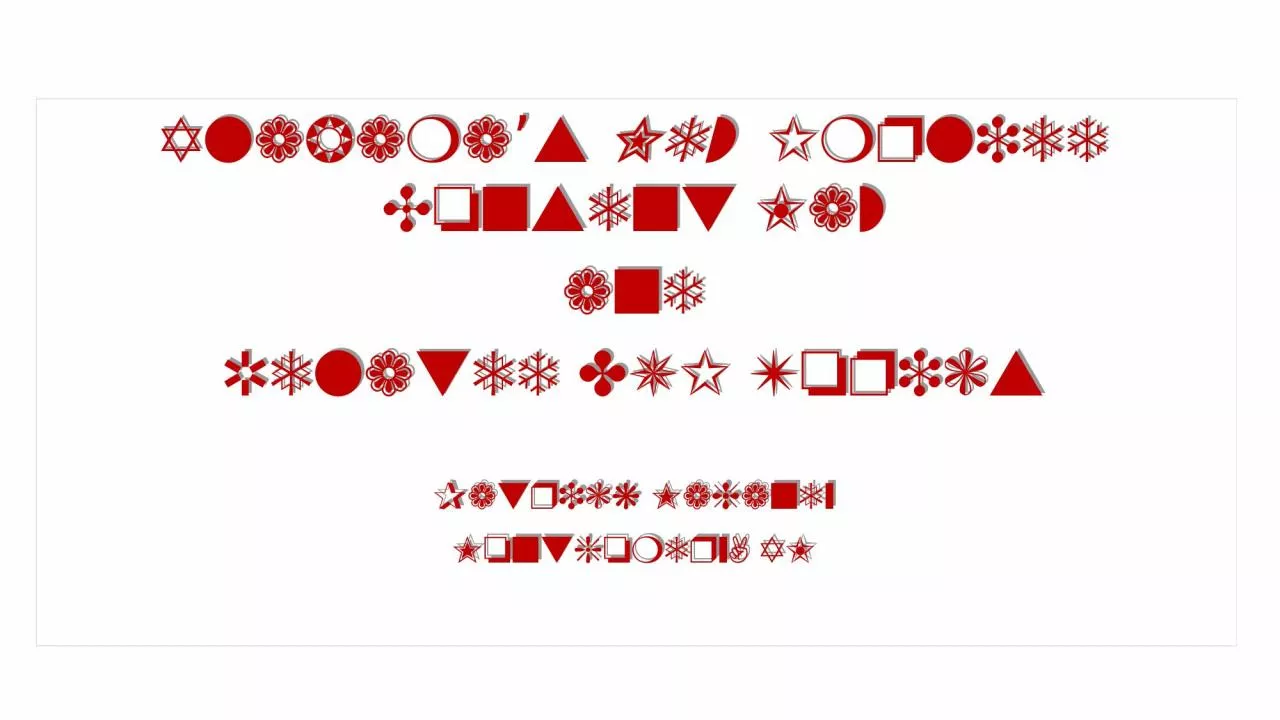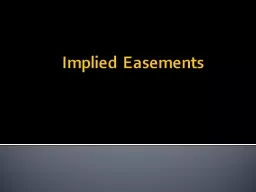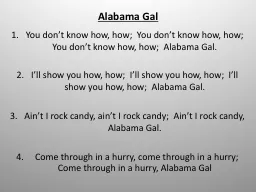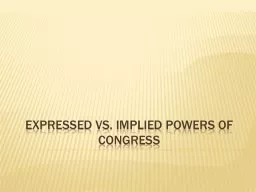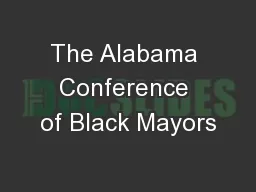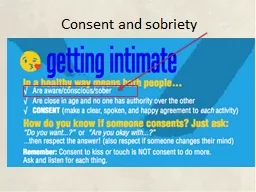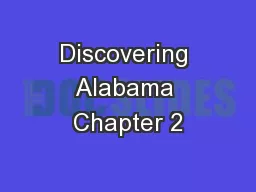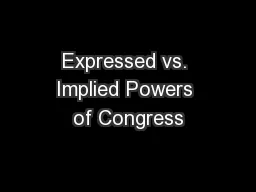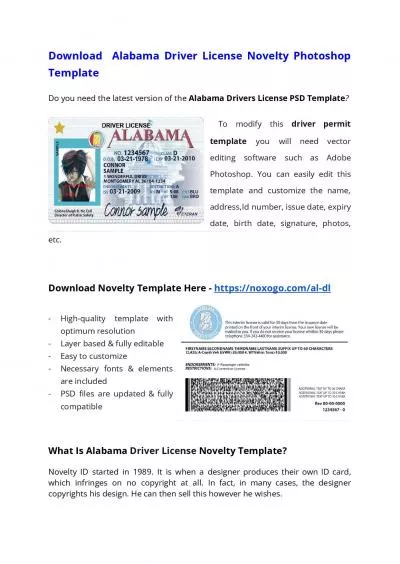PPT-Alabama’s New Implied Consent Law
Author : byrne | Published Date : 2024-02-02
and Related DUI Topics Patrick Mahaney Montgomery AL Expungement Expungement is NOT an option Revised expungement statute Code 15271 b7 eligibility requirements
Presentation Embed Code
Download Presentation
Download Presentation The PPT/PDF document "Alabama’s New Implied Consent Law" is the property of its rightful owner. Permission is granted to download and print the materials on this website for personal, non-commercial use only, and to display it on your personal computer provided you do not modify the materials and that you retain all copyright notices contained in the materials. By downloading content from our website, you accept the terms of this agreement.
Alabama’s New Implied Consent Law: Transcript
Download Rules Of Document
"Alabama’s New Implied Consent Law"The content belongs to its owner. You may download and print it for personal use, without modification, and keep all copyright notices. By downloading, you agree to these terms.
Related Documents

